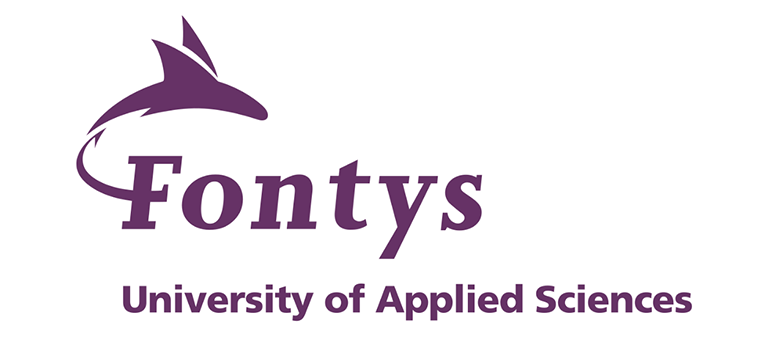Autonomous Mobile Robot for production and assembly tasks
Project description
The main challenge of our group project is to investigate how to ensure smooth interoperability between autonomous mobile robots from different vendors in a single industrial environment. We are using the ROS2 and Open-RMF frameworks to create a simulation environment where these diverse robots can communicate effectively, share tasks without stepping on each other's toes, and avoid route conflicts in a busy factory environment. The main question we are investigating is: "How can we build a system where multi-vendor robots can easily communicate, execute their tasks without conflicting with each other, and move around without crashing?". To solve this, we are building a software architecture with ROS2 “fleet adapters” that translate each robot’s unique commands and a central manager (the Open-RMF scheduler), all tested in a simulation before applying it in the real world.
Context
The project is set in the industrial production domain, where factories increasingly rely on autonomous mobile robots (AMRs) to optimize their workflows, automate repetitive tasks, and boost overall productivity. As production environments become more complex and integrate robots from various manufacturers, the need for seamless coordination becomes increasingly important. Each robot may come with their own proprietary software and communication protocols, which can lead to compatibility and interoperability challenges. Miscommunication or task overlaps in these processes can lead to downtime and reduced productivity.
Our focus is to create a simulated environment that mirrors a real-world application in which these multi-vendor AMRs operate. By using the ROS2 and Open-RMF frameworks, we aim to solve problems related to communication, task management, and collision avoidance. The simulation allows us to experiment with and refine the system architecture in preparation for real-world implementation.
Results
The key outcomes of our project include both tangible products and important insights into the use of Open-RMF for multi-vendor AMR coordination. By developing a simulation based on ROS2 and Open-RMF, we have created a prototype that demonstrates how robots from different vendors can communicate, share tasks without interference, and navigate safely in a controlled environment. This simulation serves as a proof-of-concept, and demonstrates that Open-RMF effectively acts as a communication bridge, translating commands between various robotic systems and a central scheduler.
Our results show that for simple scenarios, Open-RMF excels in task scheduling and conflict resolution, significantly improving coordination over traditional methods without a central framework. The simulation confirmed that setting up Open-RMF in a multi-vendor environment is relatively straightforward provided that the correct implementation steps are followed. This insight is valuable because it provides a roadmap for implementers looking to deploy Open-RMF in less complex environments to increase productivity and efficiency with minimal effort.
However, our research also revealed limitations in using Open-RMF for more complex industrial scenarios. In tests involving complicated problems - such as robots blocking each other on a track, robots trapped by multiple other robots, and complex door or lift navigation conflicts - we found that the Open-RMF scheduler struggled to find effective solutions. While the framework can handle simple cases, its current algorithms can stumble in resolving nuanced interactions that should not be that hard to solve. This reveals a gap between the existing capabilities of Open-RMF and the requirements of high-precision industrial contexts.
Another key finding relates to implementation challenges. Although Open-RMF is a promising tool, its implementation is hindered by a lack of documentation and a limited knowledge base. The lack of comprehensive guides and troubleshooting resources means that developers often face time-consuming roadblocks when problems arise. Understanding the exact steps for integrating Open-RMF with different vendor systems is essential, but guidance is scarce apart from a few GitHub examples.
From a Technology Readiness Level (TRL) perspective, our project suggests that Open-RMF is approaching readiness for simple to moderate industrial applications, but still needs to mature for complex, high-precision environments. Our findings help to identify where Open-RMF meets current industry requirements and where improvements are necessary.
About the project group
We are a team of HBO-ICT & Technology students at Fontys Hogeschool ICT in Eindhoven, all currently in Semester 6 or Semester 7 of the studies. Our project kicked off in Calendar Week 37 of 2024 and is scheduled to wrap up in Calendar Week 4 of 2025. On average, we dedicate about 25–30 hours each week to this project.
Working in a collaborative environment, we follow Scrum methodology, which structures our workflow into regular sprints and meetings to keep the project on track. This approach helps us manage our time effectively and ensure steady progress.

